The fashion landscape of 2025 is a vibrant tapestry of contradictions, where the rebellious spirit of cyberpunk collides with the utilitarian ethos of vintage workwear. This isn’t just about clothing; it’s a cultural experiment, a visual manifesto of a generation that refuses to be boxed into a single aesthetic. The result? A dizzying yet deliberate fusion of neon-lit futurism and grounded, timeworn practicality. From the streets of Tokyo to the underground scenes of Berlin, this hybrid style is rewriting the rules of self-expression.
At first glance, the pairing seems improbable—how can sleek, tech-infused cyberpunk coexist with the rugged, no-nonsense appeal of retro workwear? Yet, the dissonance is precisely what makes it compelling. The cyberpunk influence brings with it a love for synthetic fabrics, holographic accents, and garments that seem to pulse with an otherworldly energy. Think iridescent windbreakers, LED-embedded accessories, and asymmetrical cuts that defy conventional tailoring. On the other hand, vintage workwear grounds these fantastical elements with its sturdy denim, heavy-duty canvas, and muted earth tones. The contrast creates a tension that feels both futuristic and deeply human.
What’s driving this trend is more than just aesthetics; it’s a reflection of the times. The post-pandemic world has left many yearning for stability, hence the resurgence of dependable, timeless pieces like chore coats and carpenter pants. Yet, there’s also an undeniable pull toward escapism—a desire to transcend the mundane through fashion. Cyberpunk, with its dystopian glamour, offers that escape. By merging these two worlds, wearers are crafting an identity that’s both resilient and imaginative, rooted in tradition but unafraid to leap into the unknown.
The styling techniques behind this movement are as innovative as the looks themselves. Layering is key: a frayed, oil-stained work shirt might be paired with a sleek, metallic vest, or a pair of worn-in boots could be offset by glowing, circuit-board-inspired leggings. Accessories play a pivotal role, too. Gas masks repurposed as statement necklaces, tool belts adorned with USB drives, and fingerless gloves wired with biometric sensors—each piece tells a story of function meeting fantasy. The devil is in the details, and the most striking outfits often feature subtle nods to both genres, like utilitarian pockets seamlessly integrated into a holographic trench coat.
Social media has amplified the trend, with platforms like TikTok and Instagram becoming virtual runways for this style rebellion. Influencers and DIY enthusiasts are sharing tutorials on how to distress high-tech fabrics to give them a lived-in feel or how to modify vintage workwear with LED stitching. The democratization of fashion has never been more apparent; you don’t need a designer label to participate, just a willingness to experiment. Hashtags like #CyberWorkwear and #NeonHeritage are buzzing, creating communities where like-minded individuals exchange tips and celebrate their sartorial mashups.
But this trend isn’t without its critics. Purists on both sides argue that the fusion dilutes the authenticity of each style. Cyberpunk devotees claim that adding workwear elements softens the genre’s radical edge, while vintage workwear enthusiasts worry that the tech-heavy additions undermine the simplicity and honesty of their beloved classics. Yet, perhaps that’s the point. Fashion has always been a battleground of ideas, and this clash is producing something entirely new—a visual language that speaks to a generation comfortable with paradox.
As we move deeper into 2025, it’s clear that this style experiment is more than a passing fad. It’s a testament to the fluidity of identity in an increasingly fragmented world. Whether it’s a cyberpunk enthusiast dipping their toes into the raw appeal of workwear or a vintage lover embracing the flash of the future, the boundaries are blurring. And in that ambiguity, there’s freedom—the freedom to redefine what fashion means, one hybrid outfit at a time.
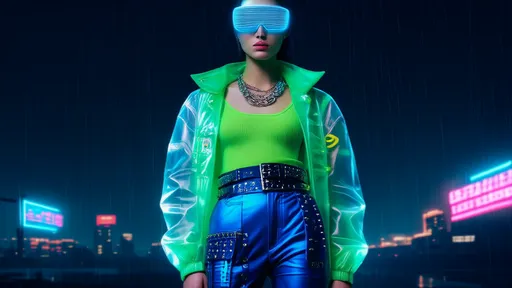
By /Aug 15, 2025

By /Aug 15, 2025
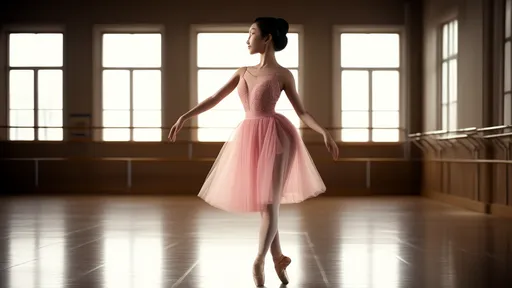
By /Aug 15, 2025
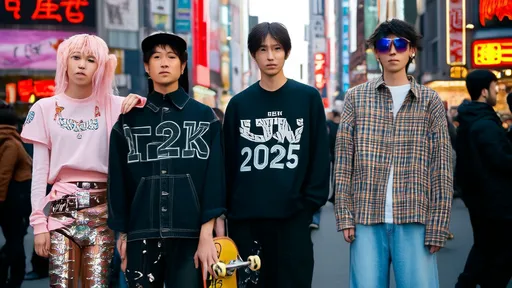
By /Aug 15, 2025
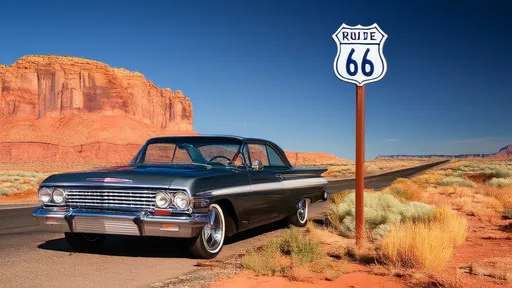
By /Aug 15, 2025

By /Aug 15, 2025
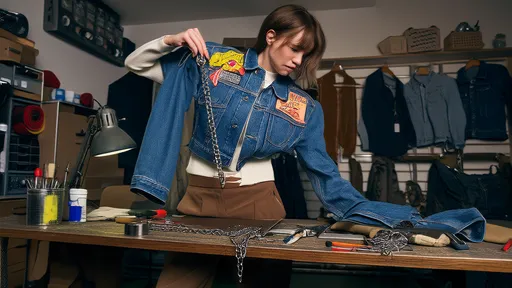
By /Aug 15, 2025

By /Aug 15, 2025

By /Aug 15, 2025
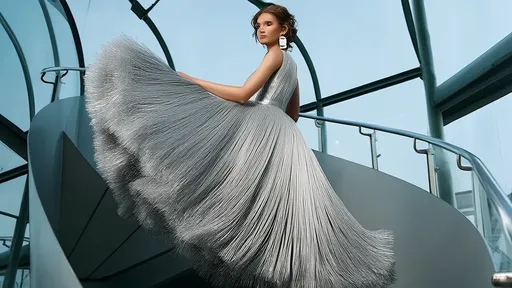
By /Aug 15, 2025

By /Aug 15, 2025

By /Aug 15, 2025

By /Aug 15, 2025

By /Aug 15, 2025

By /Aug 15, 2025

By /Aug 15, 2025
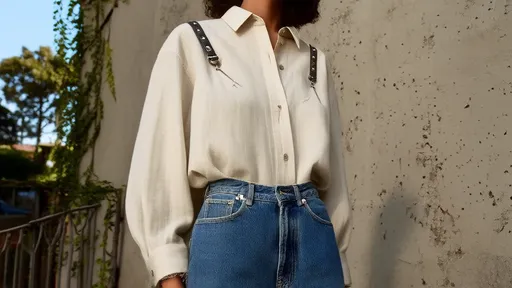
By /Aug 15, 2025
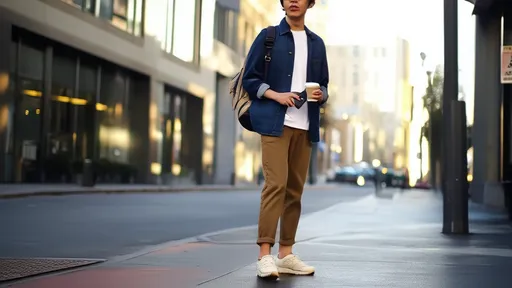
By /Aug 15, 2025
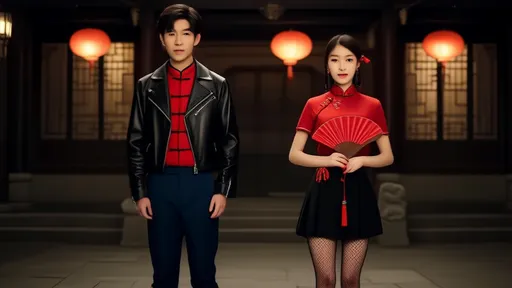
By /Aug 15, 2025
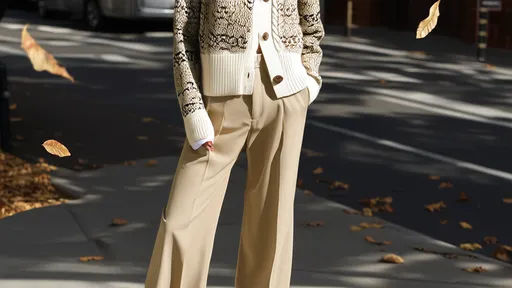
By /Aug 15, 2025